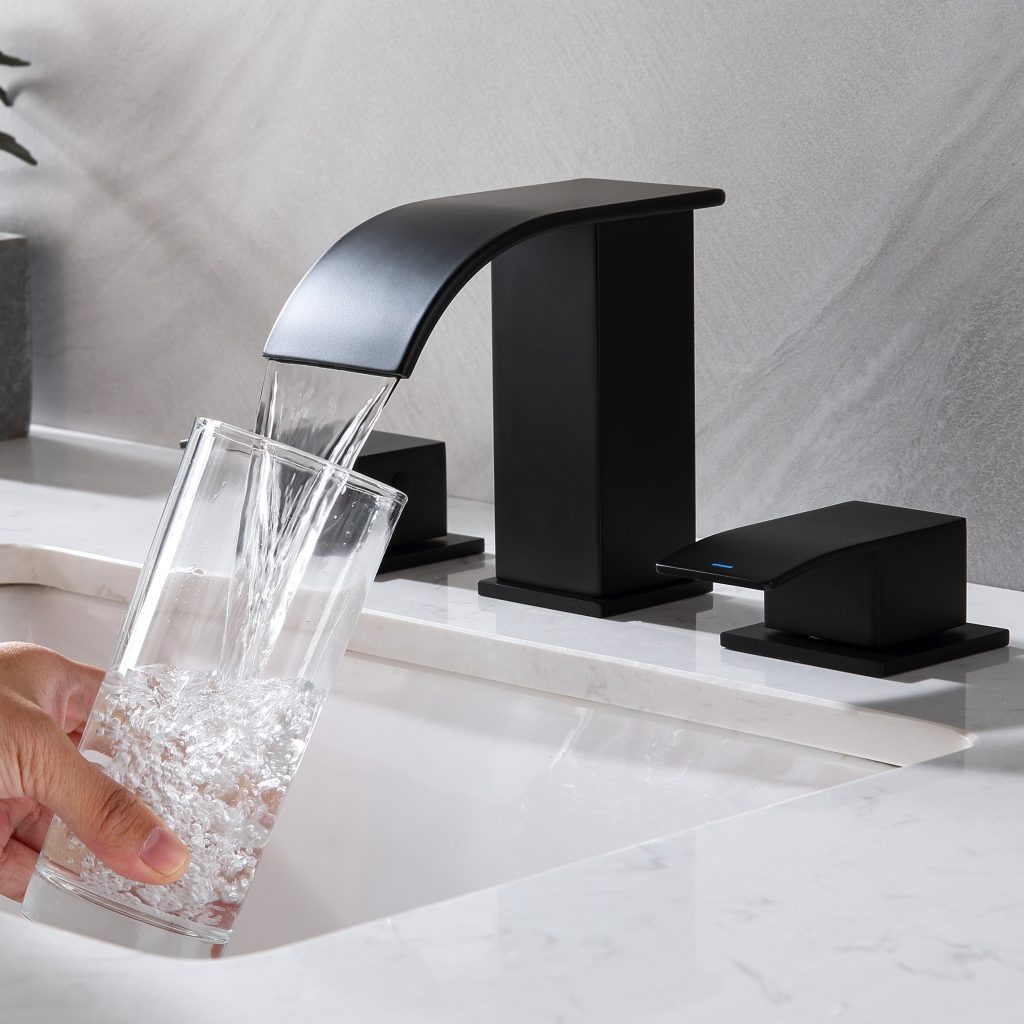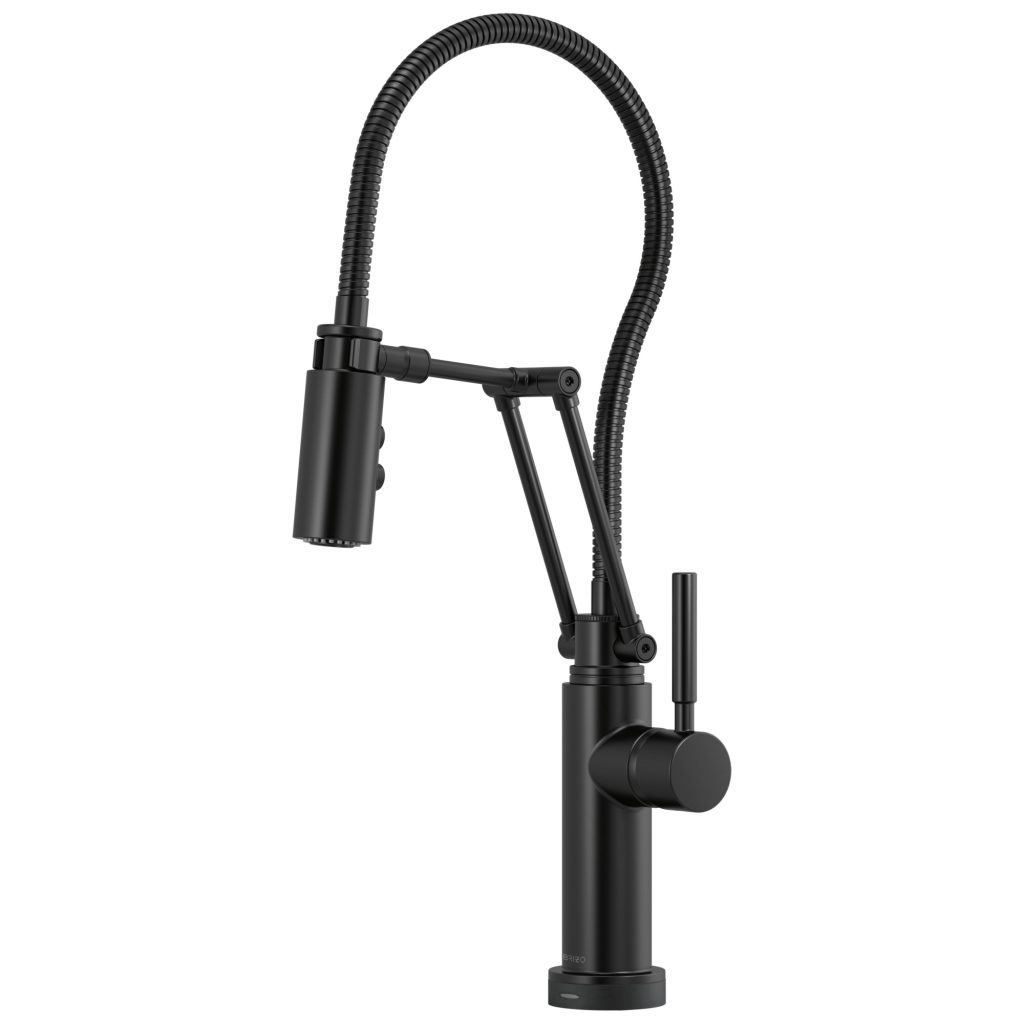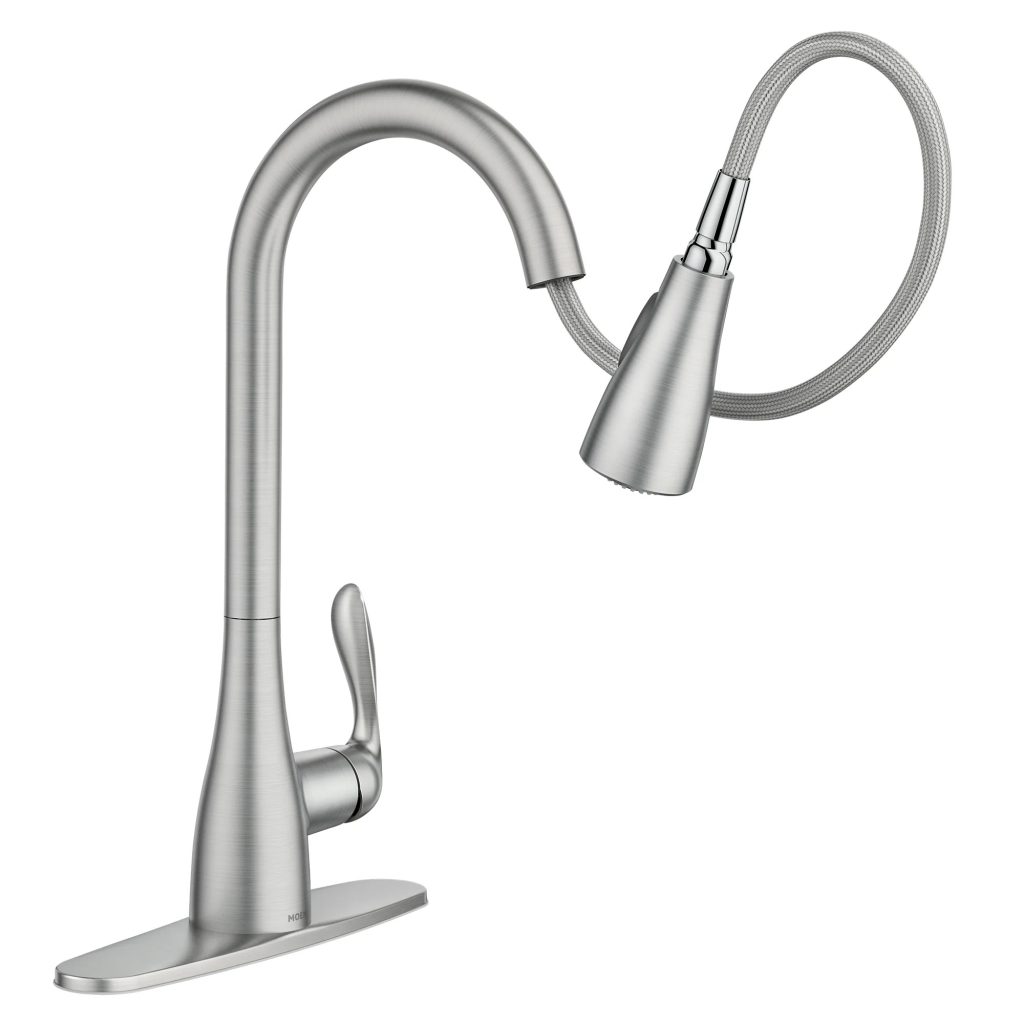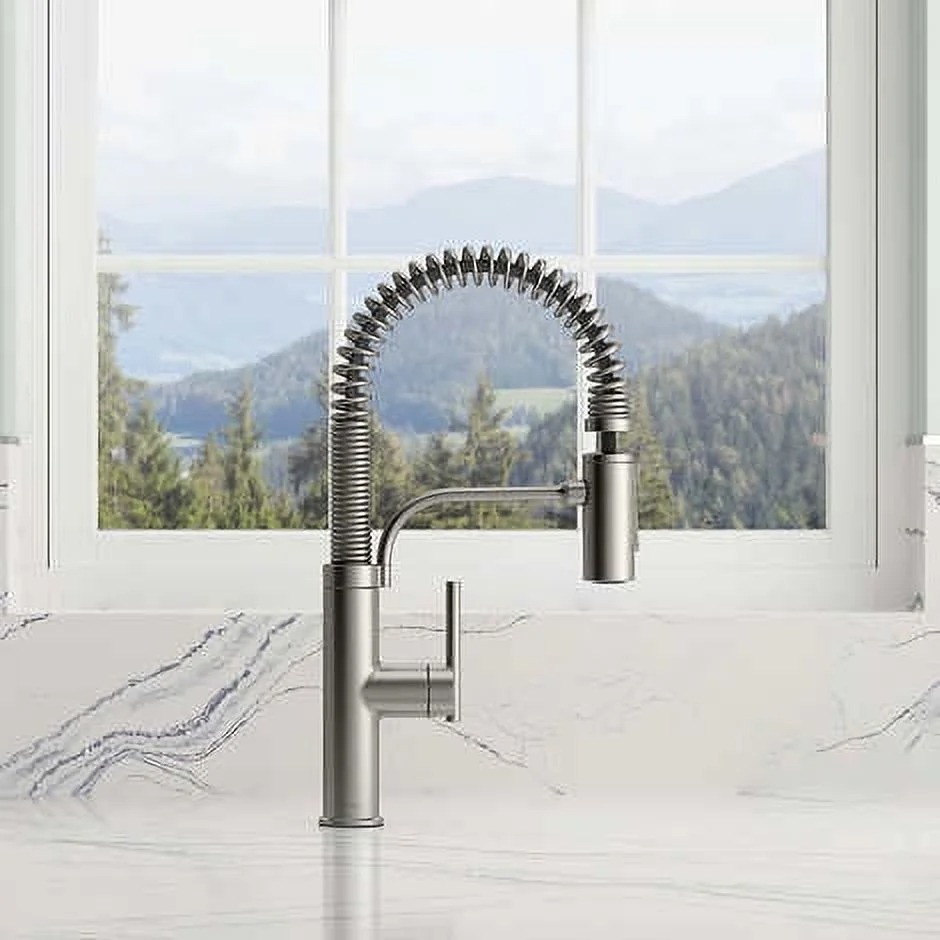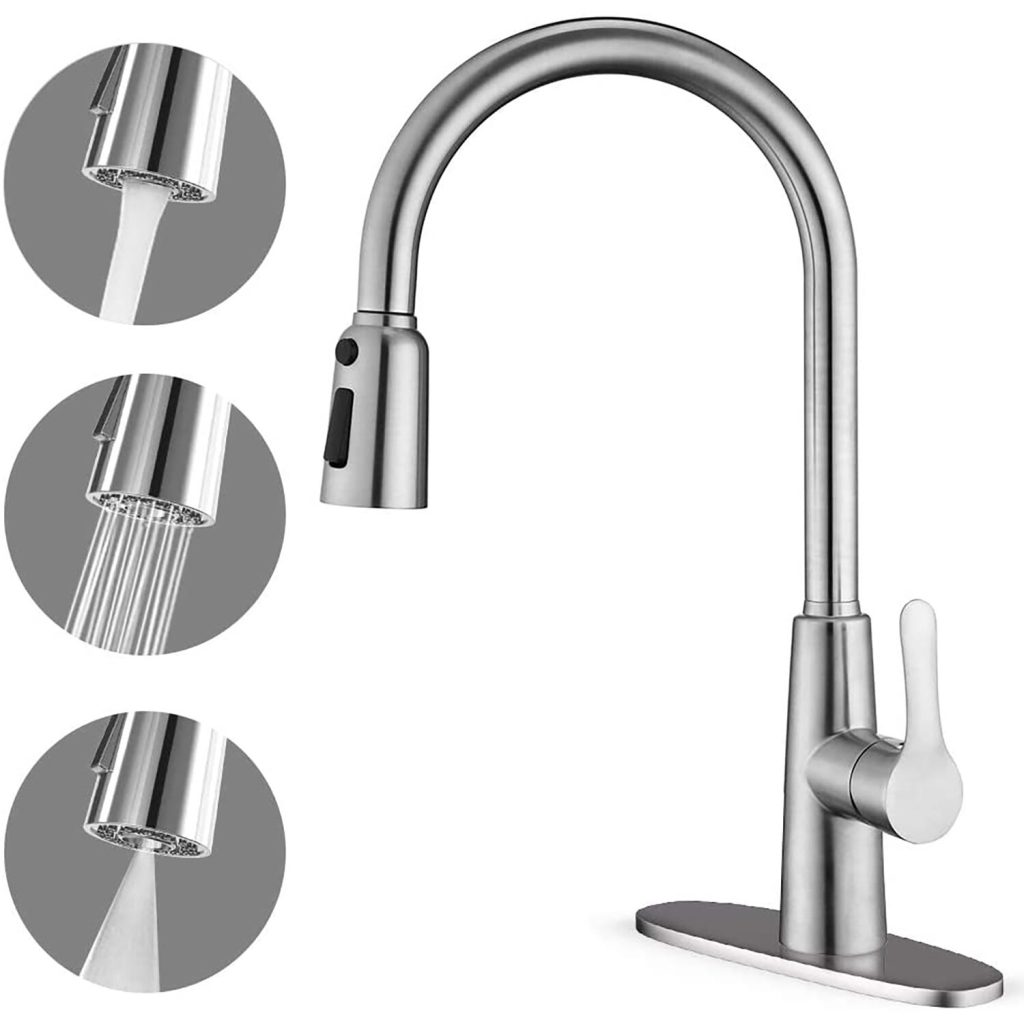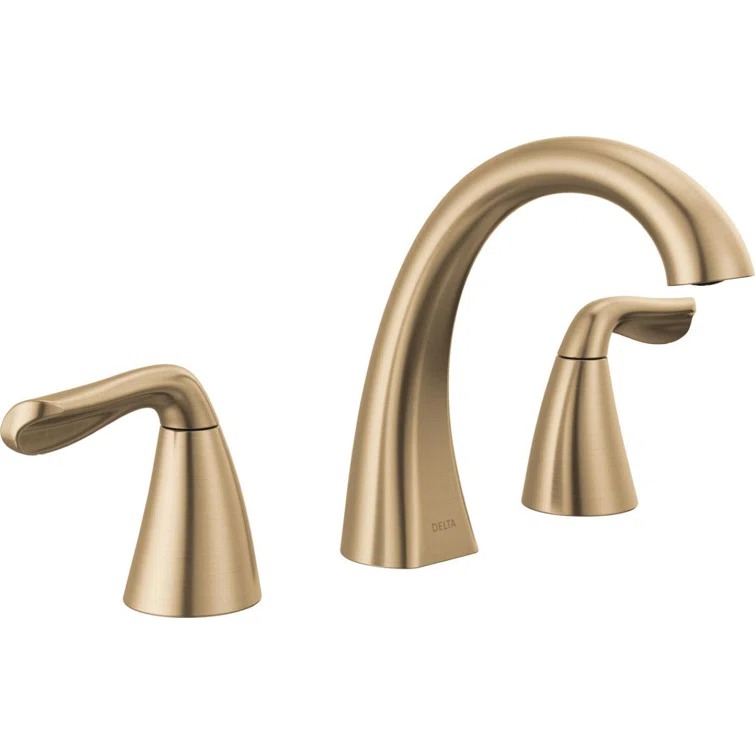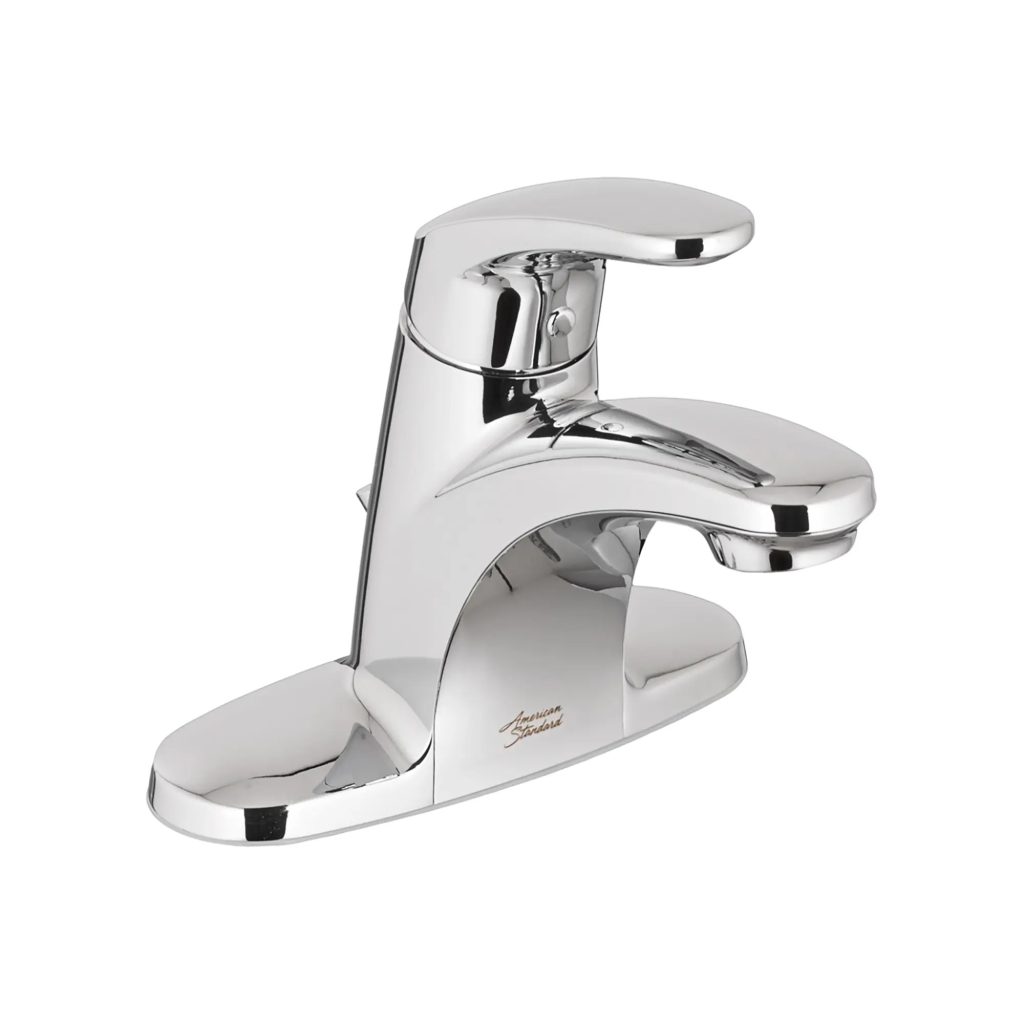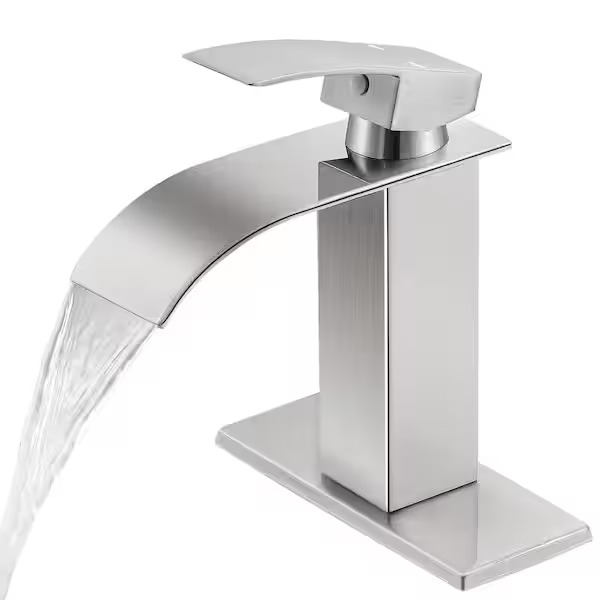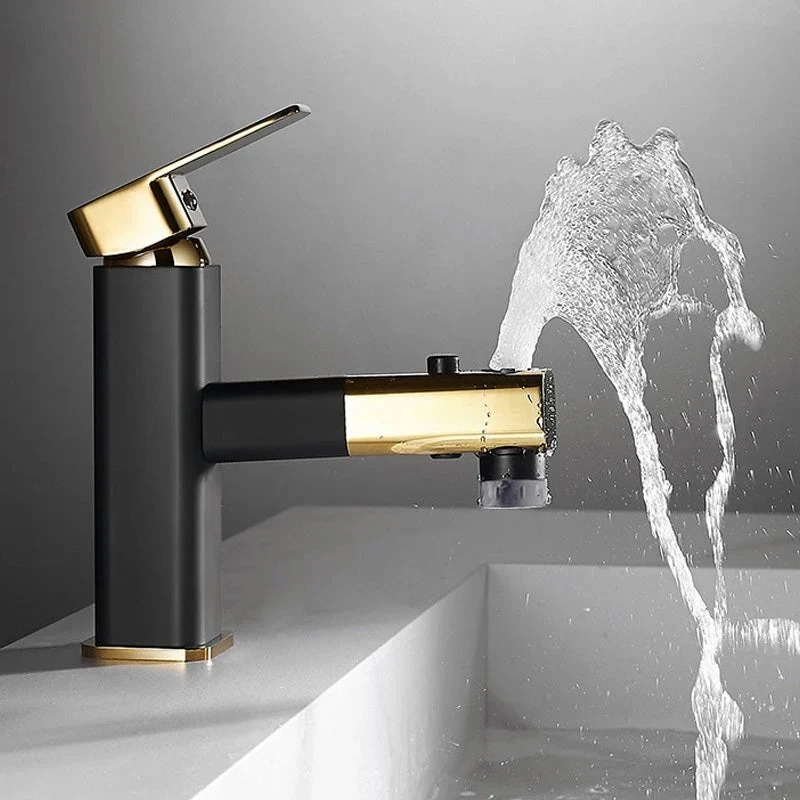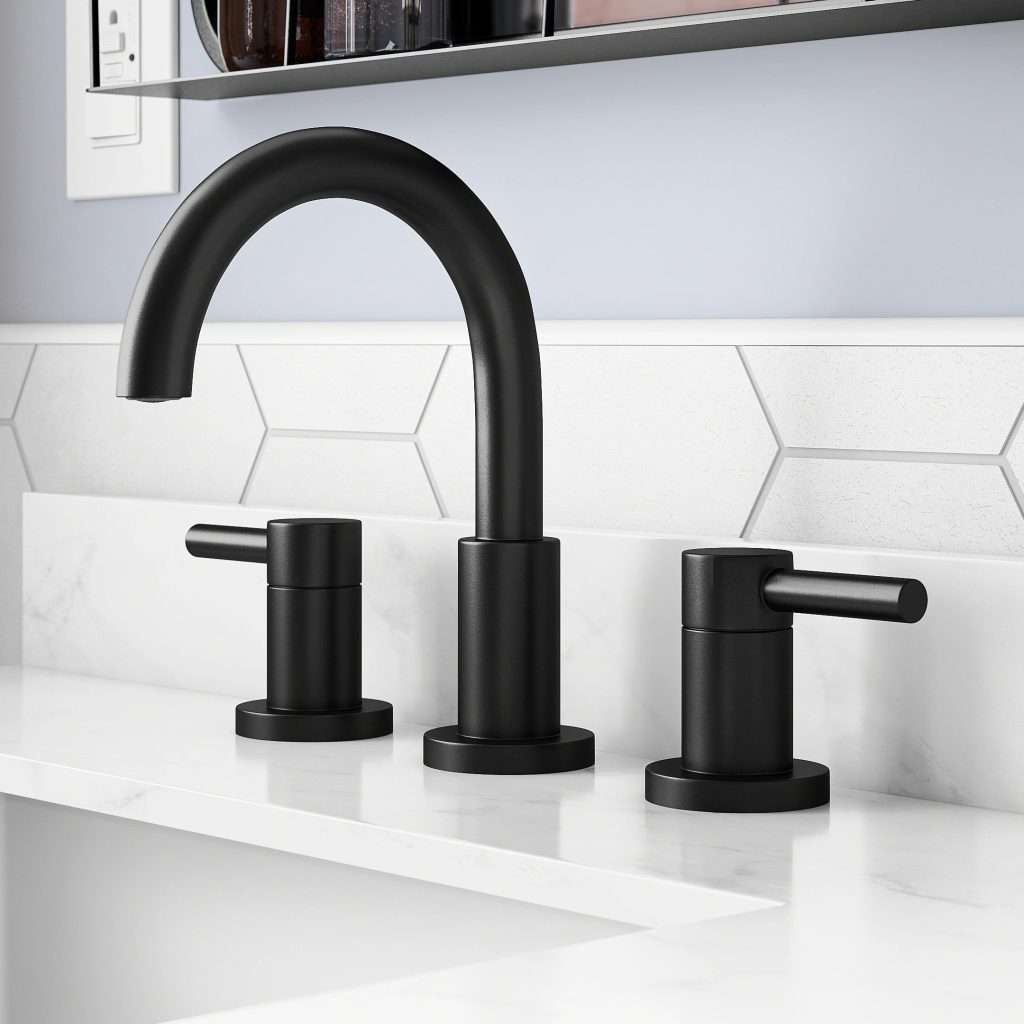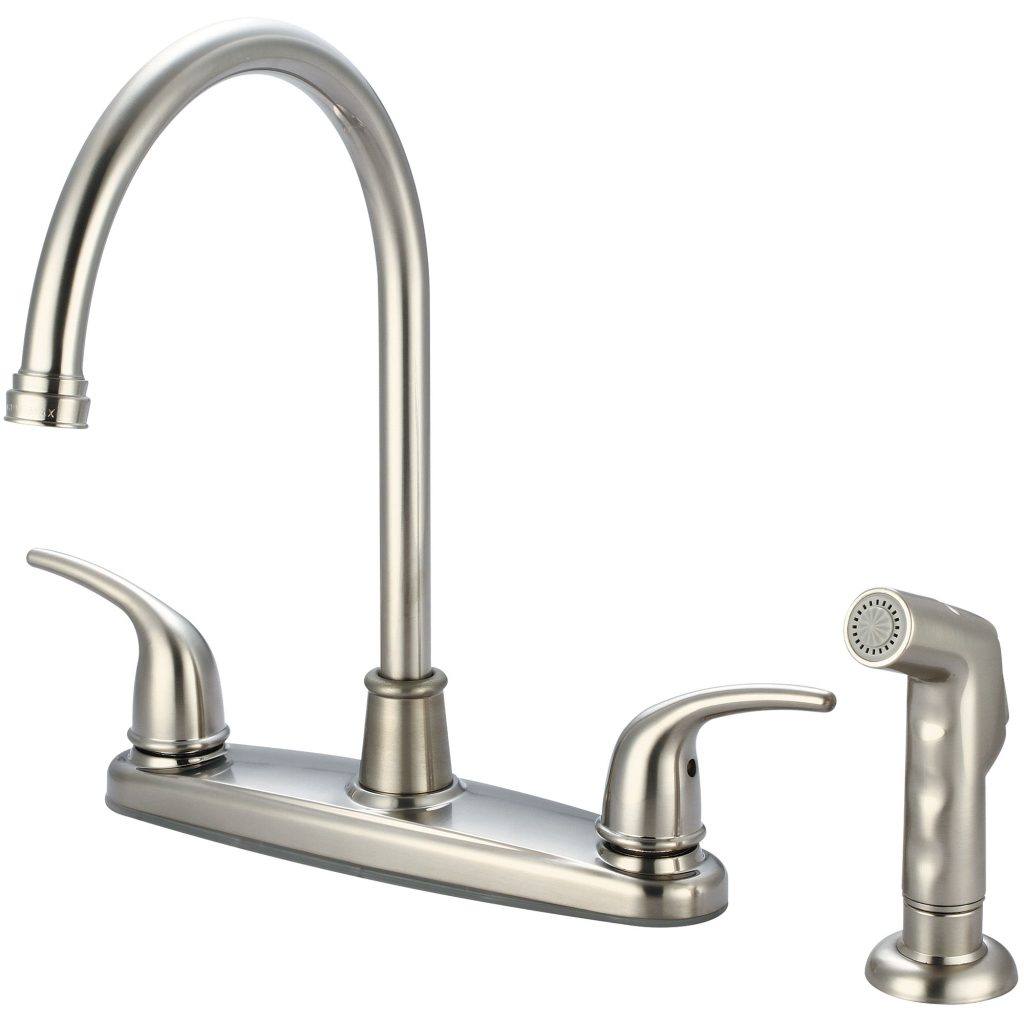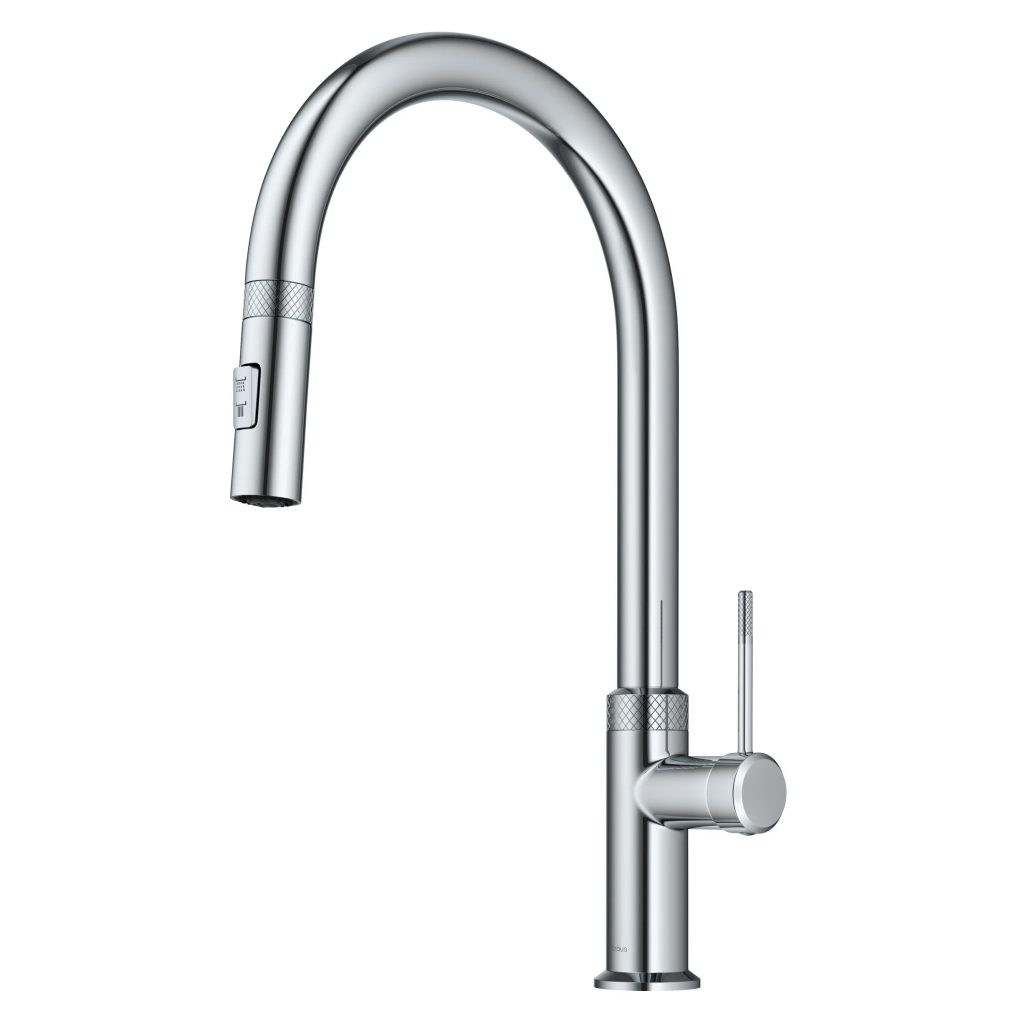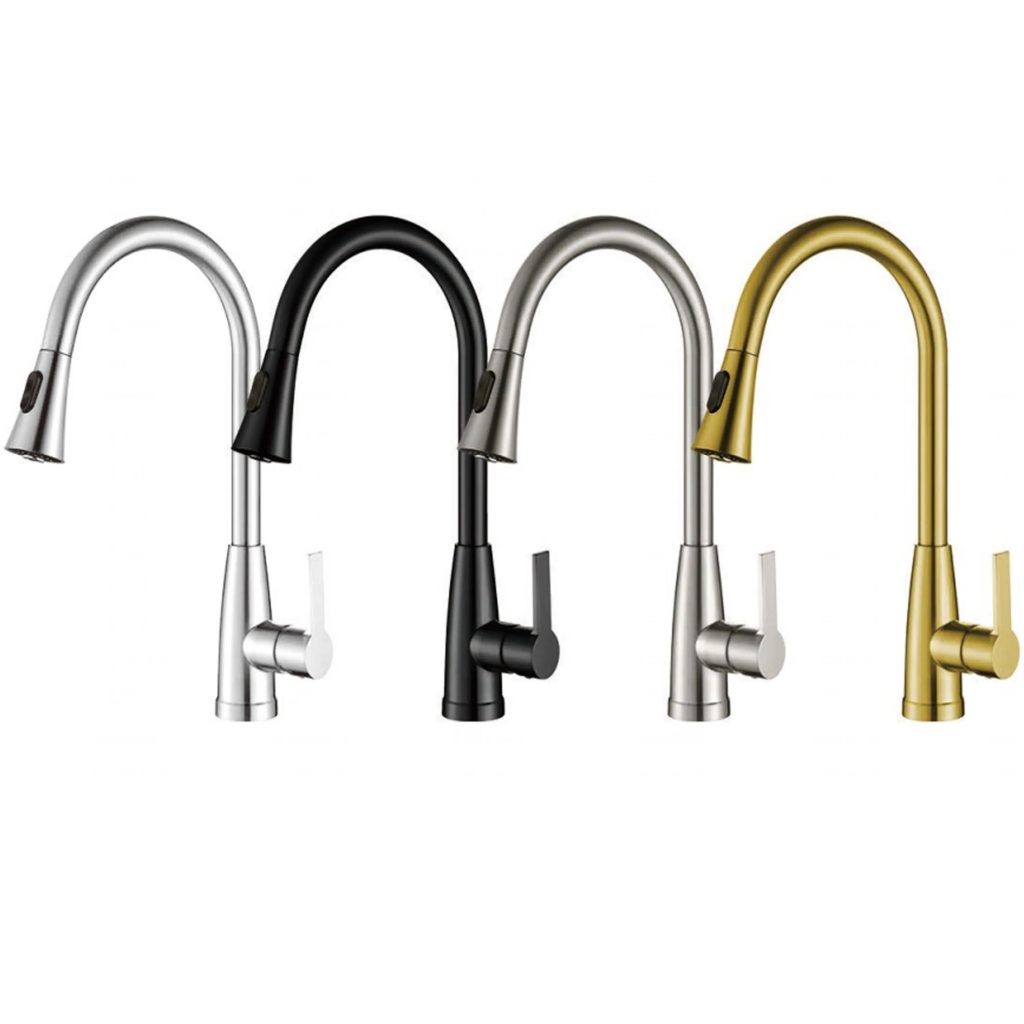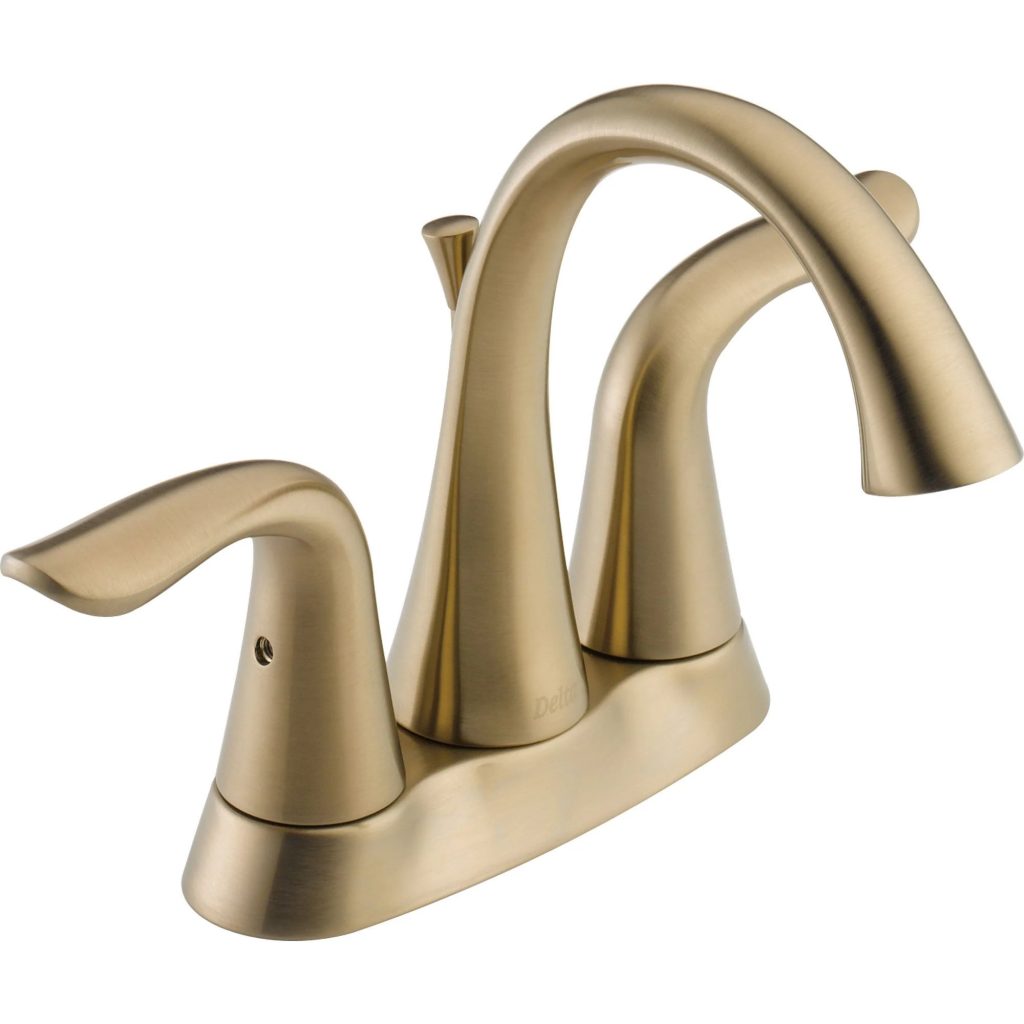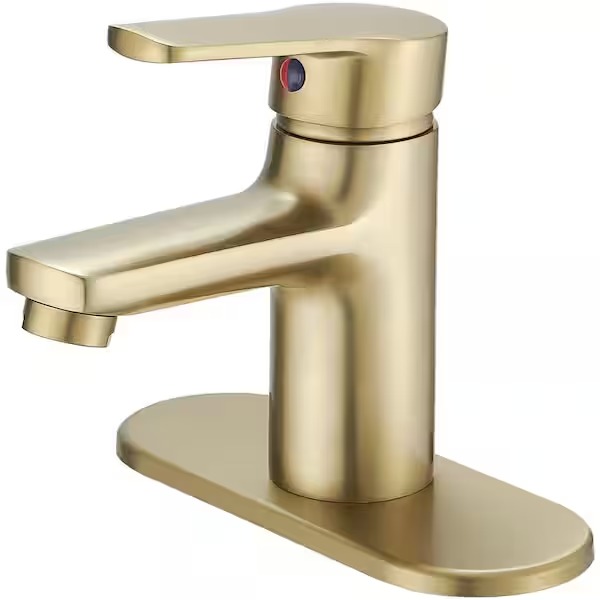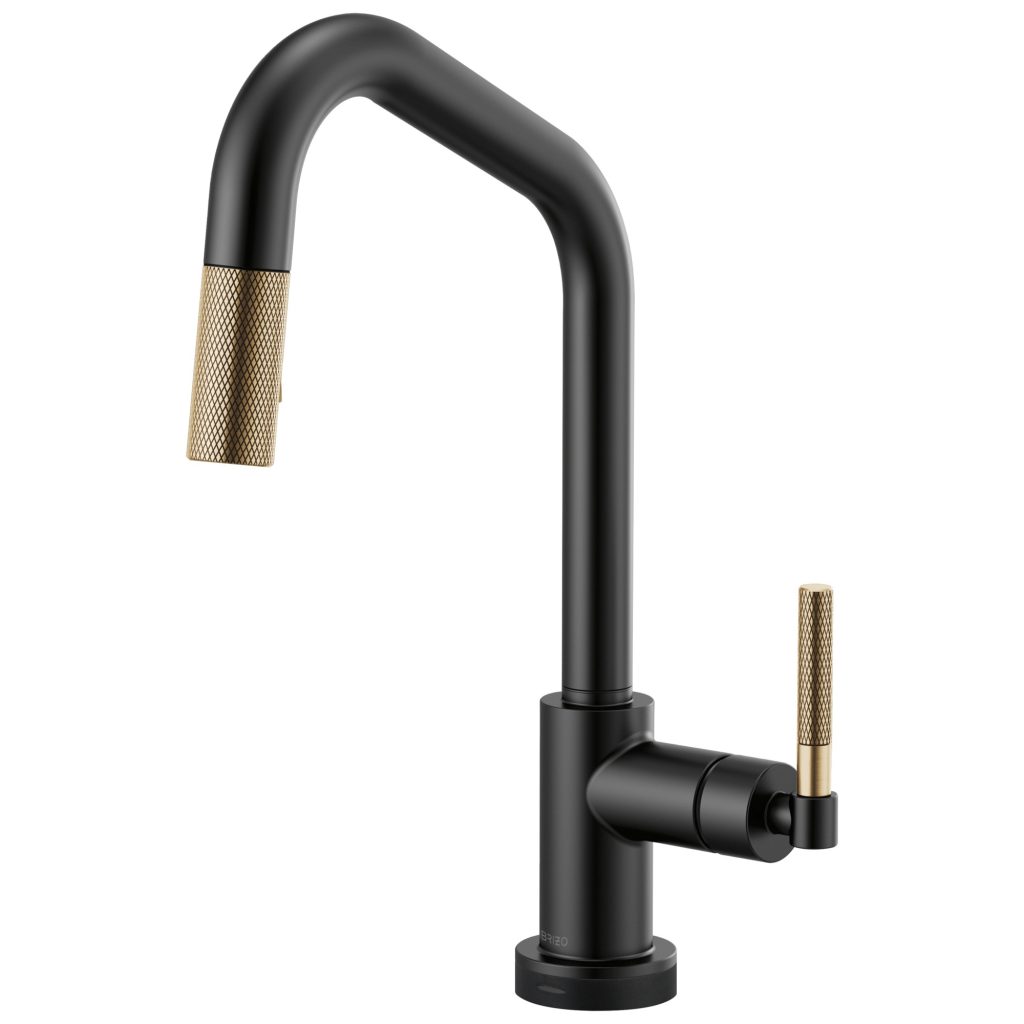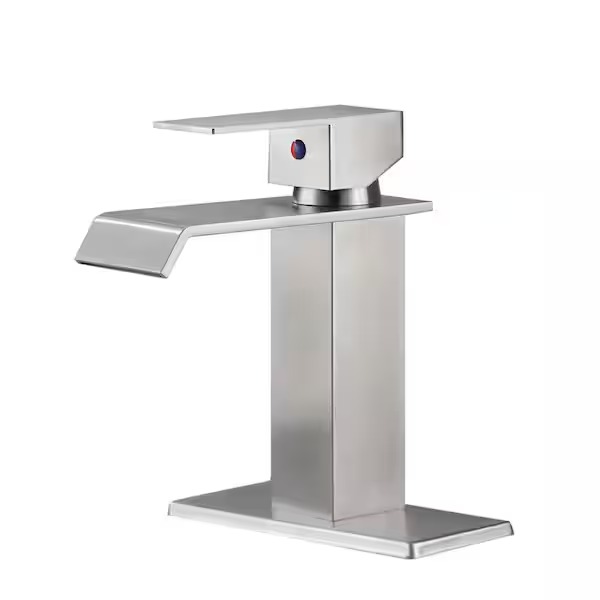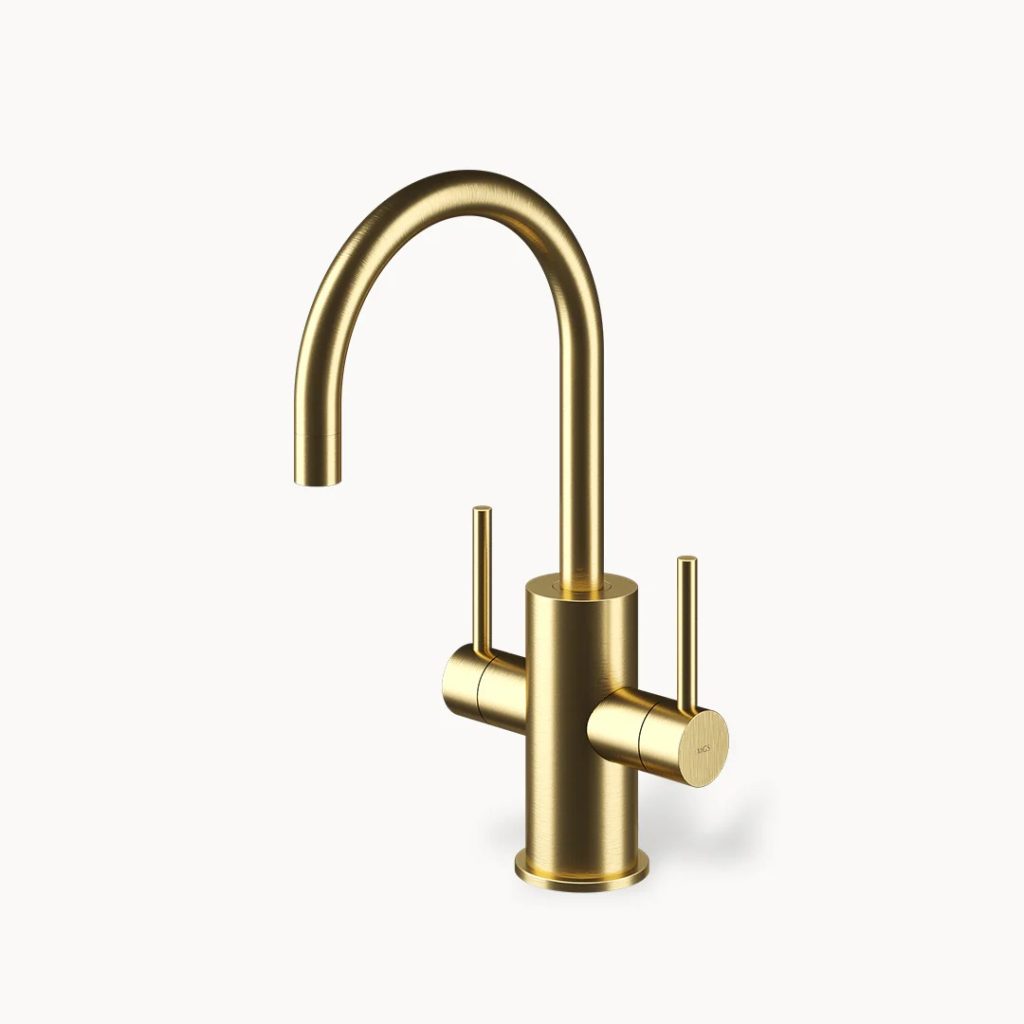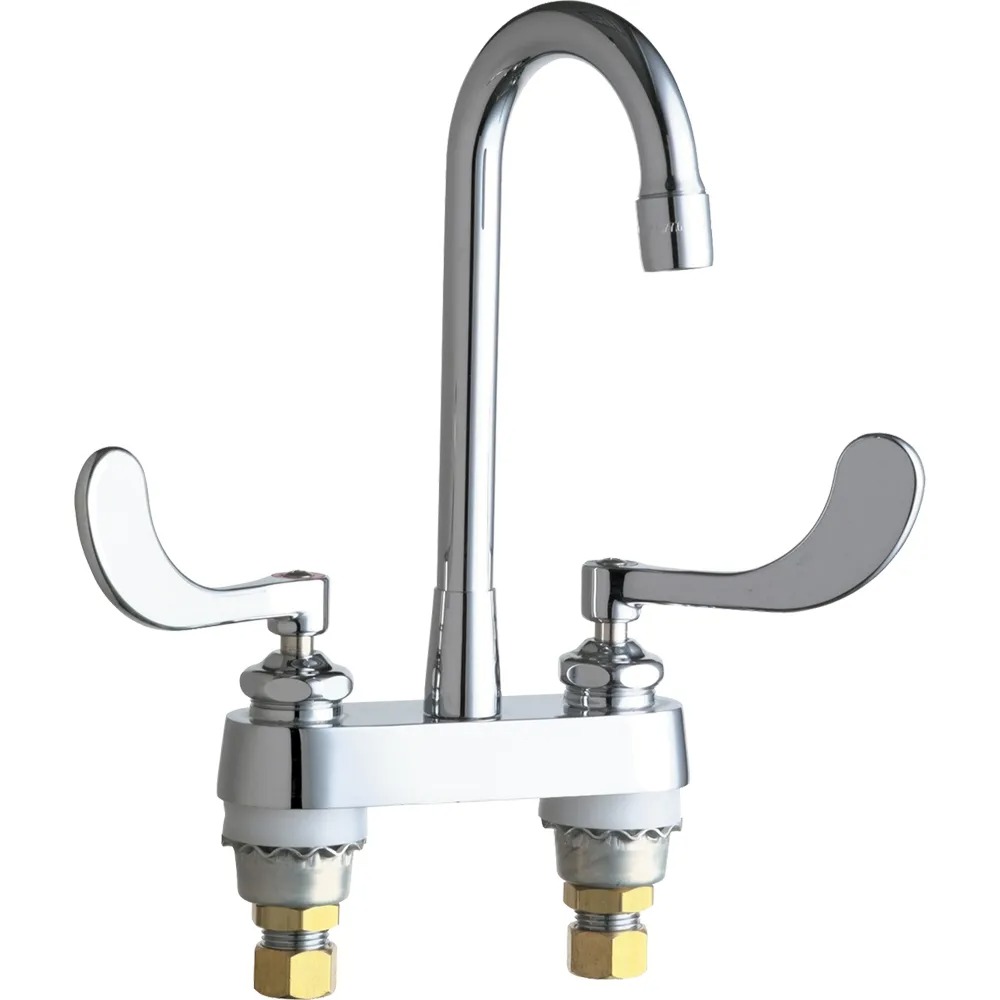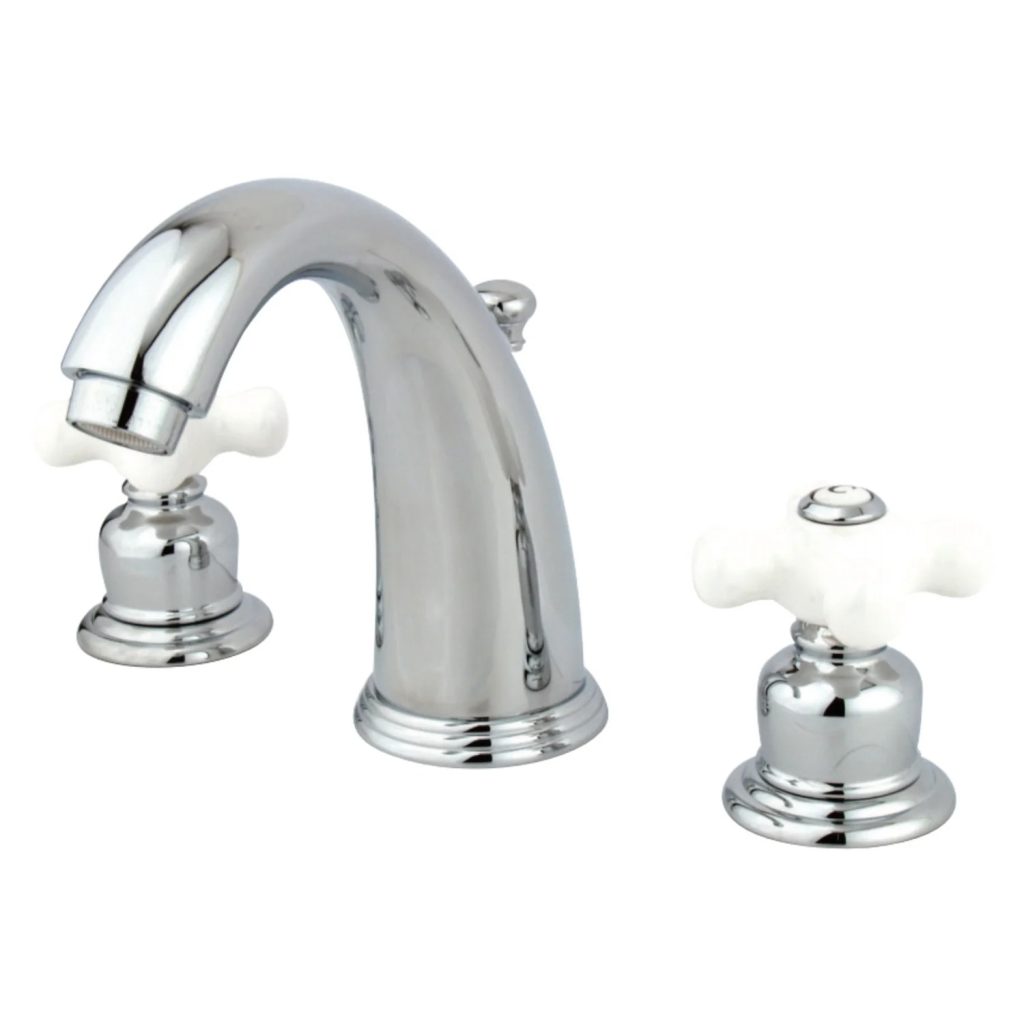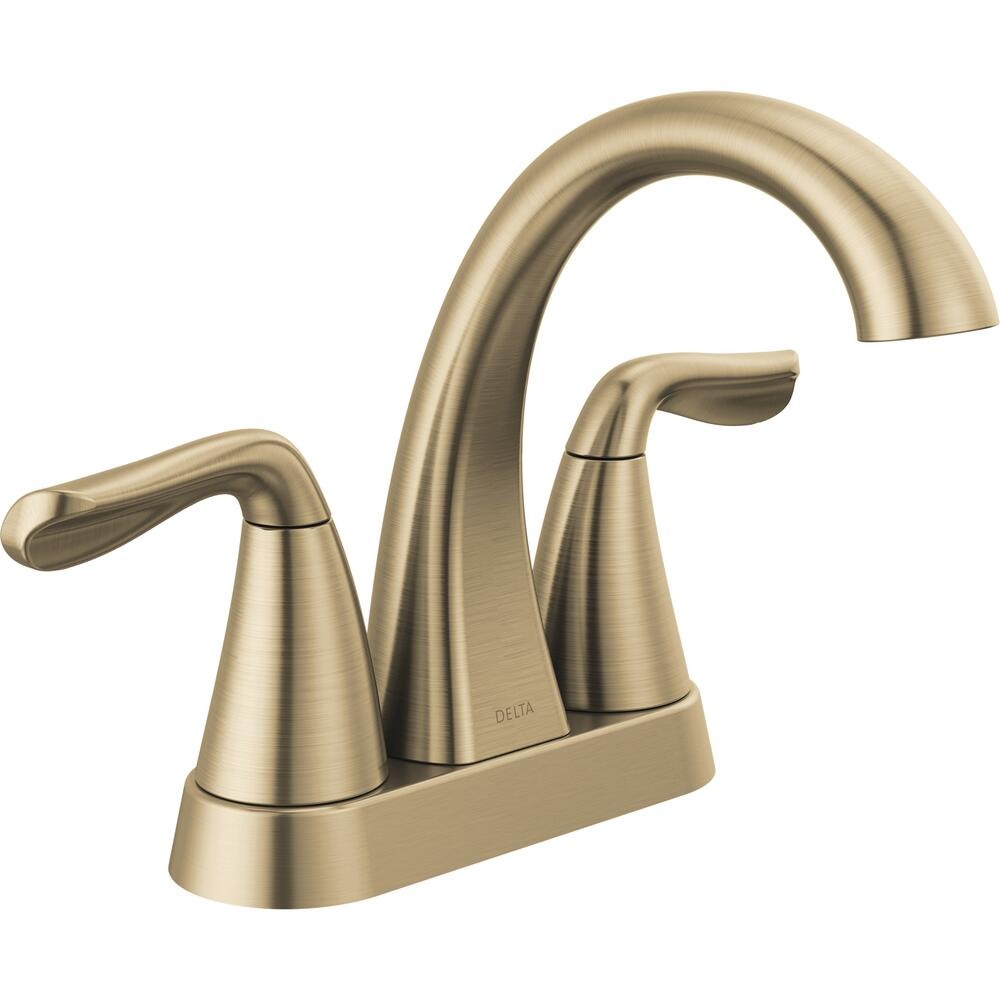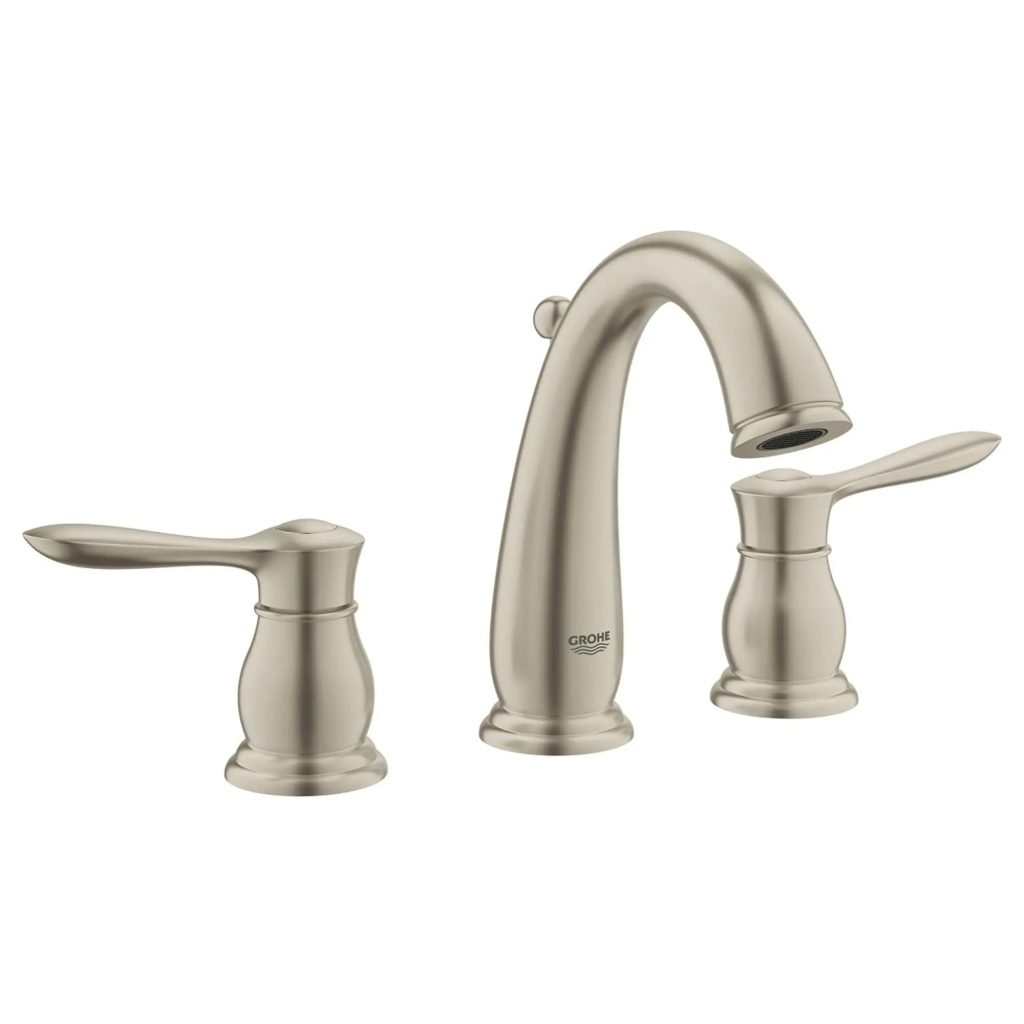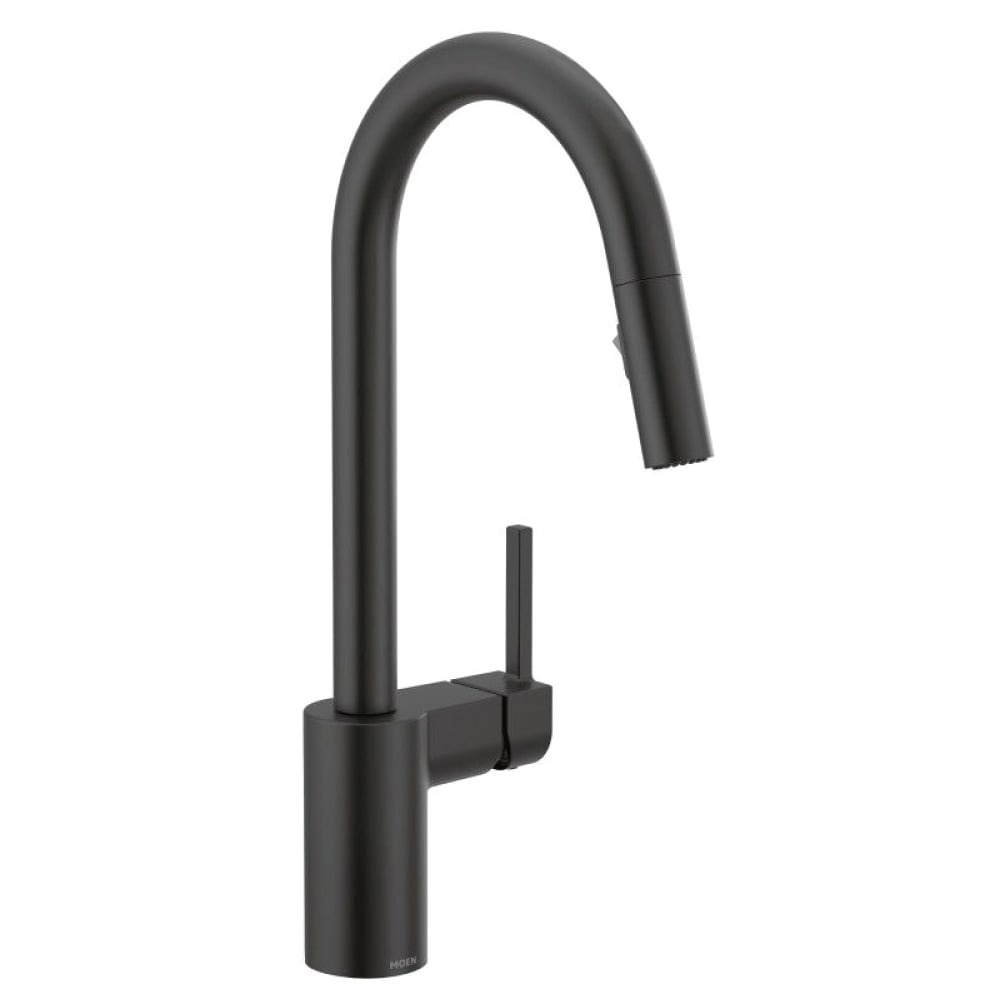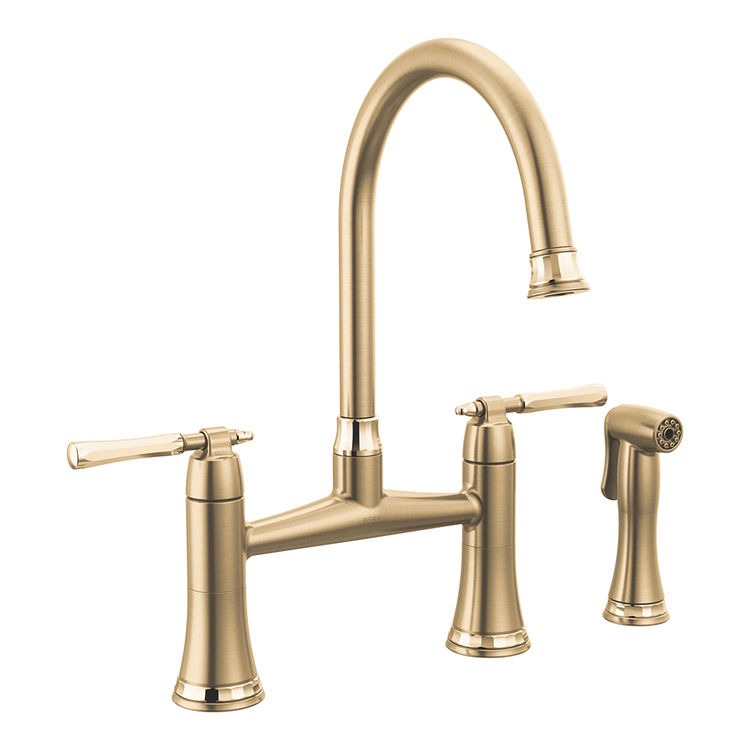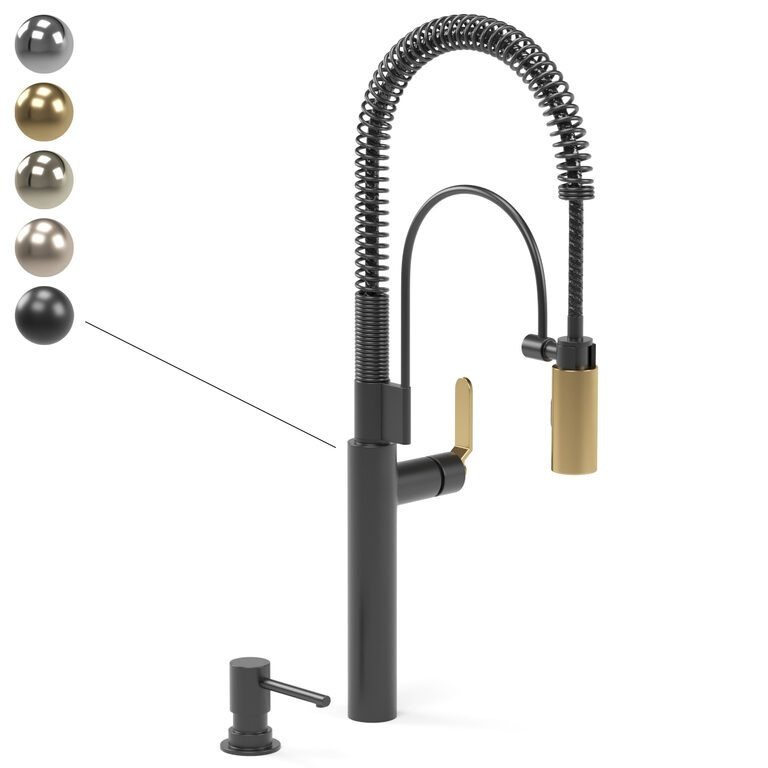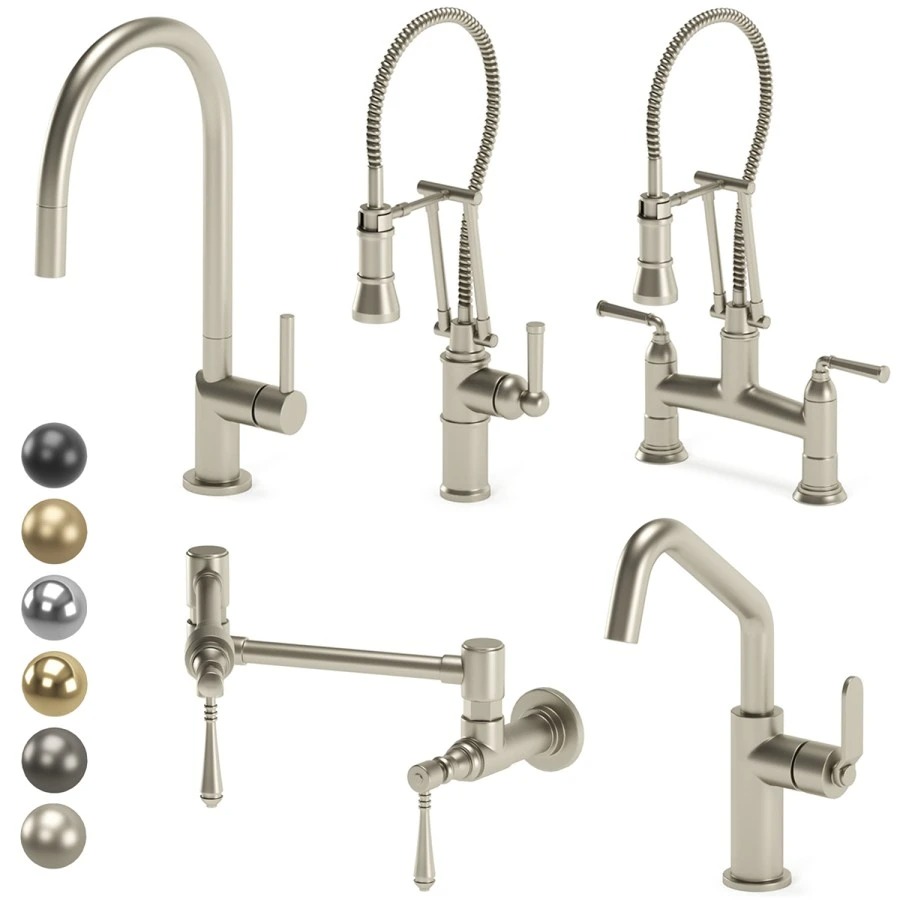The Critical Temperature for Dripping Faucets
When should you leave faucets dripping? Knowing when to let faucets drip is essential for preventing frozen pipes. The critical temperature to watch for is 20 degrees Fahrenheit (-6.6 Celsius). At this point, water in exposed pipes can freeze and expand, risking damage. Plumbers recommend letting faucets drip as temperatures approach this low. Jake Romano of an Ottawa Plumbing and Drain Cleaning Company advises this practice. Enoch Heise, from Legacy Plumbing, agrees. He specifically suggests dripping faucets on exterior walls. Moreover, opening cabinet doors can help circulate warm air around pipes.
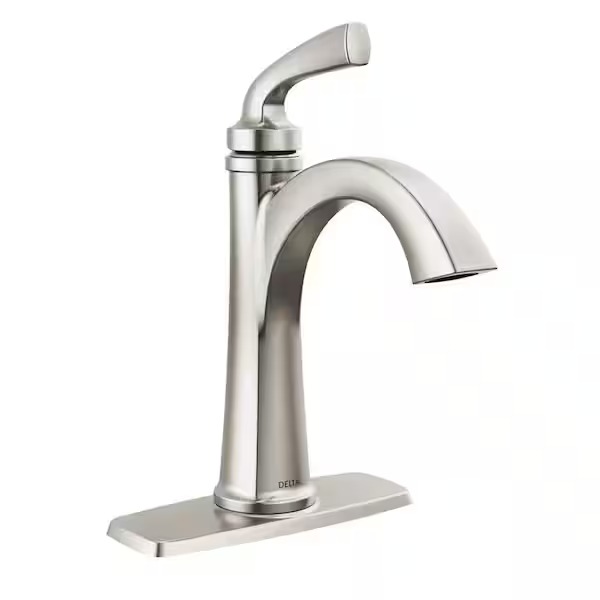
Identifying Vulnerable Pipes in Your Home
To prevent frozen pipes, identify which ones are at risk. Check for pipes in unheated or exposed areas, such as garages, basements, or along exterior walls. These areas tend to get coldest first. Insulate them if possible. Also, look for pipes in attics and crawl spaces. Remember, all pipes can freeze if the temperature drops low enough. Even those inside cabinets can be vulnerable if they’re against an outside wall. Keep an eye on these spots particularly. Insulation sleeves or heat tape can provide extra protection.
How Many and Which Faucets to Drip
Drip at least one faucet in each risky area of your home. Focus on faucets served by exposed pipes. If you can, choose faucets with separate hot and cold controls. This allows both types of water lines to stay warmer.
The Risks of Not Dripping Your Faucets Correctly
Not dripping faucets could lead to pipes freezing and bursting. This can cause water damage and costly repairs. Make sure to drip the right faucets, and understand when you should start. If you wait too long, it might be too late.
Alternative Measures to Prevent Pipe Freezing
Besides dripping faucets, you can take other steps. Keep your house warm, at least 55 degrees Fahrenheit. If away, don’t lower the heat too much. Shut off and drain the system if away for a long period. This can help prevent freezing water from causing pipe bursts.
FAQs About Dripping Faucets
Many people ask when to start and stop dripping faucets. Begin when temperatures near the critical point, around 20 degrees Fahrenheit. Stop when they’re consistently above freezing. They also ask which faucets to drip. Those in riskier areas need it most. They wonder about shutting off water to prevent freezing. This can help, especially if the home will be empty.
Seasonal Tips for Protecting Your Plumbing
Seasonal maintenance checks can save you trouble. Before winter hits, insulate pipes and seal any drafts. Disconnect and drain outdoor hoses. Cover exterior faucets with insulated sleeves. Keep an eye on the weather and take action when low temperatures are forecasted.
Expert Insights on Faucet Dripping Practices
Experts emphasize the importance of proactive measures. They recommend knowing your plumbing layout. Drip faucets when necessary and insulate vulnerable pipes. By doing this, you keep ahead of potential freezing issues.
Dripping Faucets: How Many and Which Ones
When cold weather looms, protecting your pipes is essential. It’s crucial to know which faucets to drip. Focus on those in areas most at risk, such as garages, basements, and along exterior walls. For effective prevention, consider these guidelines:
- Drip at least one faucet in each section of your home prone to cold. This includes areas with unheated spaces or those situated on exterior walls.
- Choose faucets with separate hot and cold controls if possible. Allow a slight, steady stream from each to circulate warmer water through the pipes. This lessens the chance of freezing.
Experts confirm that knowing when and which faucets to leave dripping can prevent frozen pipes. When temperatures approach the critical point of 20 degrees Fahrenheit, begin dripping. These steps will help safeguard against the costly repairs associated with burst pipes due to freezing. Always stay alert to weather forecasts and act promptly to ensure your pipes remain unfrozen during the coldest days. Keep in mind that every home is different, so assess your specific situation to determine the best course of action for dripping faucets.
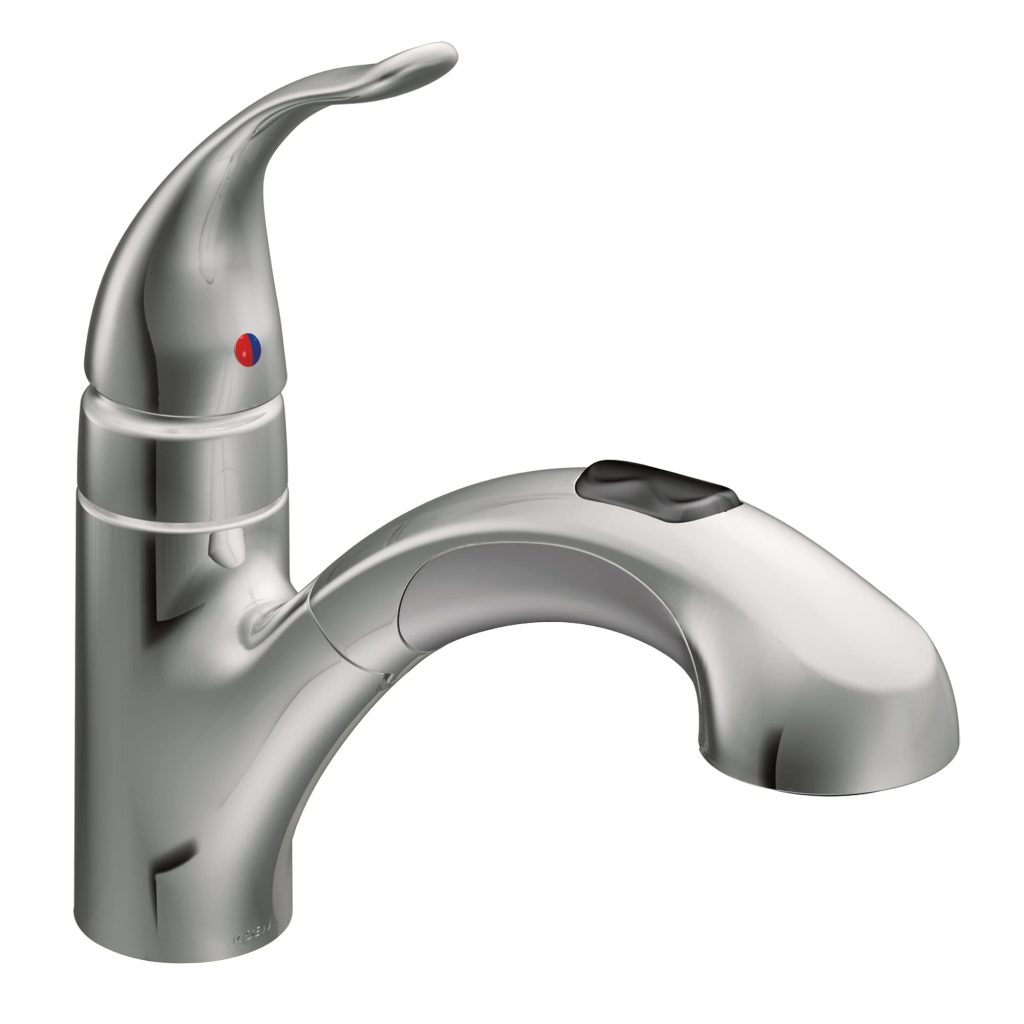
The Risks of Not Dripping Your Faucets Correctly
Failing to drip faucets can lead to significant problems in cold weather. Here are the risks you should be aware of:
- Frozen Pipes: If you don’t allow faucets to drip, water in pipes may freeze. This can happen even in areas you may not suspect, like inside cabinets or in basements.
- Burst Pipes: When water freezes, it expands. This can create enough pressure to burst pipes, leading to expensive repairs.
- Water Damage: Burst pipes can cause flooding. This can damage your home’s structure, electrical systems, and your belongings.
- Repair Costs: Fixing burst pipes and water damage can be costly. These expenses often come unexpectedly and can disrupt your budget.
- Insurance Claims: You might need to file an insurance claim for repairs. This can be a lengthy process and may affect your future premiums.
To avoid these risks, begin dripping your faucets when temperatures near 20 degrees Fahrenheit. Remember to drip both hot and cold water lines, especially if your faucets have single controls. Regularly check that the drips are consistent and not too slow, as stagnant water can still freeze. Monitoring weather forecasts and reacting promptly is your best defense against the risks of not dripping your faucets correctly.
Alternative Measures to Prevent Pipe Freezing
It’s not only about when you should leave faucets dripping. There are other ways to prevent pipe freezing. Here are some key steps to take:
- Maintain Warm Indoor Temperatures: Always keep your home heated to a minimum of 55 degrees Fahrenheit, especially in rooms where pipes are located.
- Insulate Your Pipes: Use foam insulation sleeves or heat tape on pipes in colder areas. This helps keep the warmth in and the cold out.
- Seal Cracks and Holes: Check for and seal off any drafts near your pipes. You can use caulk or spray foam insulation around pipes where they enter your house.
- Keep Interior Doors Open: Open doors inside your home to help heat circulate, especially if water supply lines are in the walls.
- Shut Off and Drain Outdoor Pipes: If you have an irrigation system or outdoor faucets, shut off the water and drain them before winter.
By taking these actions, you can enhance the protection of your plumbing against cold temperatures. Remember, these measures can work hand in hand with dripping your faucets to reduce the risk of pipe freezing.
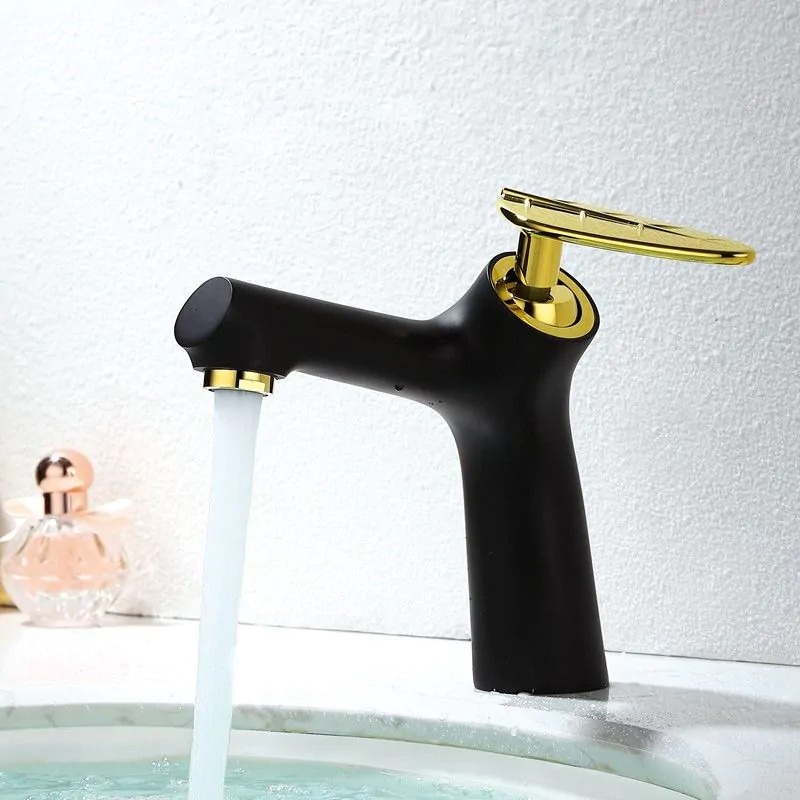
FAQs About Dripping Faucets
When deciding on the necessary steps to prevent frozen pipes, homeowners often have recurring questions. To provide clarity, here are the answers to some of the most frequently asked questions about dripping faucets.
When should you start dripping your faucets?
You should start dripping faucets when the temperature approaches or goes below 20 degrees Fahrenheit (-6.6 Celsius). Don’t wait until it’s too late; proactive measures are key.
How many faucets should you leave dripping?
Drip at least one faucet in each area of your home that’s at higher risk of freezing. This includes sections against exterior walls or in unheated spaces.
Do you need to drip all faucets?
Not all faucets need to be dripped. Focus on those connected to pipes in vulnerable areas, like outside walls or unheated rooms.
Can dripping faucets cause issues?
Yes, if not done properly. Dripping only the hot or cold water, or a very slow drip, may not be effective and can lead to frozen pipes.
When can you stop dripping faucets?
Stop dripping faucets when temperatures are consistently above the freezing point—32 degrees Fahrenheit (0 Celsius).
What should you do if you’re going away?
If you’re leaving your home during cold weather, consider shutting off the main water supply and draining the pipes to prevent freezing.
Implementing these steps will help you navigate the precautions needed to protect your home’s plumbing during the winter months. Stay informed about your local weather forecasts and adjust your strategies as necessary.
Seasonal Tips for Protecting Your Plumbing
As the cold season approaches, it’s crucial to prepare your plumbing. Insulation, proper faucet care, and weather awareness can prevent freezing damage. Here are some seasonal tips to protect your pipes:
- Inspect and Insulate Pipes: Check for pipes in cold areas like basements or exterior walls. Wrap them with insulation sleeves or heat tape before winter sets in.
- Disconnect Outdoor Hoses: Remove hoses from outdoor faucets. Drain them to prevent water from freezing inside and causing cracks.
- Cover Exterior Faucets: Use insulated covers on outdoor faucets. This minimizes the chance of freezing.
- Seal Drafts: Look for drafts near your pipes and seal them. Use caulk or spray foam insulation.
- Maintain a Reliable Thermostat Setting: Keep your home’s temperature consistent. Never let it drop below 55 degrees Fahrenheit.
- Be Proactive: Keep an eye on the weather forecast. Act fast if you expect temperatures to plummet. Start dripping faucets when they approach critical levels.
By following these steps, you can reduce the risk of freezing pipes. Stay ahead of the weather and protect your plumbing investment.
Expert Insights on Faucet Dripping Practices
Gaining insights from professionals can greatly help in protecting your home’s pipes during cold seasons. Below are expert recommendations that you should take into account when considering dripping your faucets:
- Know Your Home’s Plumbing Layout: Understand where your pipes are located. This will help you determine which faucets need attention.
- Drip Faucets Proactively: Start dripping faucets when you anticipate the temperature to hit the critical 20 degrees Fahrenheit mark. This is not time for guessing; use a thermometer or weather forecast for guidance.
- Insulate Vulnerable Pipes: Applying insulation to pipes in unheated spaces is a protective step. It keeps them warmer and less likely to freeze.
- Be Consistent: Check faucets to ensure a steady drip. An inconsistent or slow drip might not prevent freezing.
- Heed External Wall Advice: Especially focus on faucets along exterior walls. These pipes are more exposed and thus at higher risk.
- Remember Internal Pipes: Even those within the home need protection. Heated air circulation can help prevent freezing.
- Act on Weather Warnings: When forecasts predict low temperatures, it’s time to act. Don’t delay in taking preventive measures.
By following these expert tips and keeping abreast of weather conditions, you can minimize the risk of pipe damage during harsh winters. The key is to be proactive, attentive, and to use the expert advice to drip your faucets effectively.
